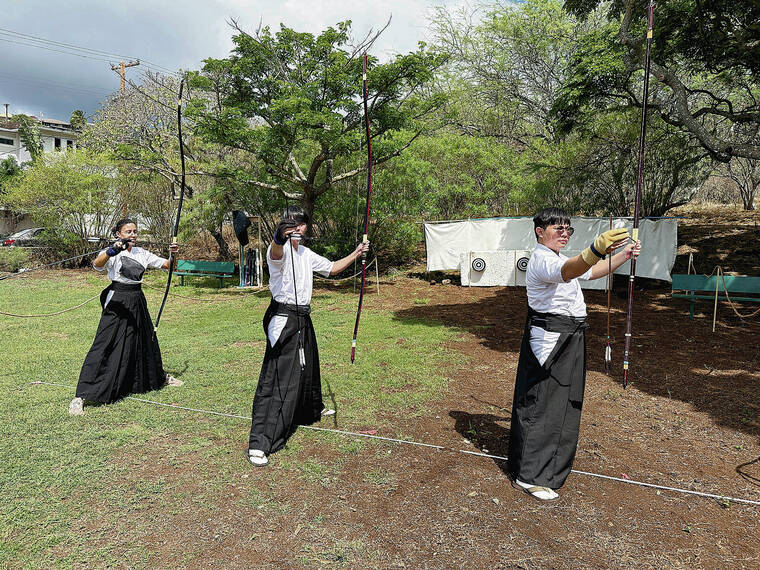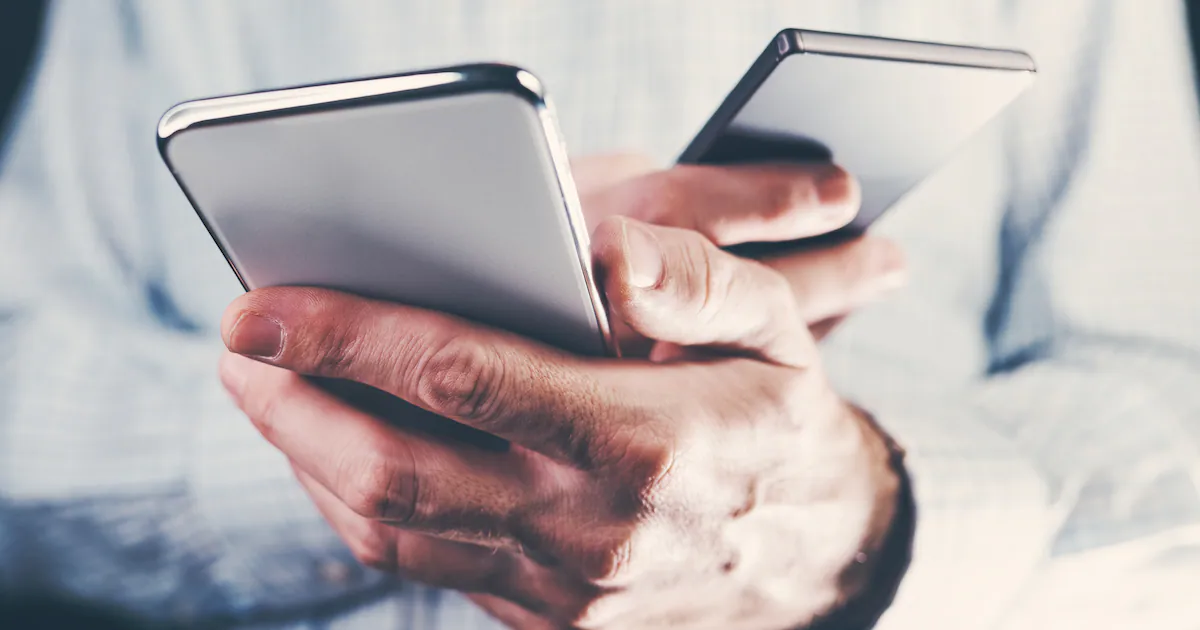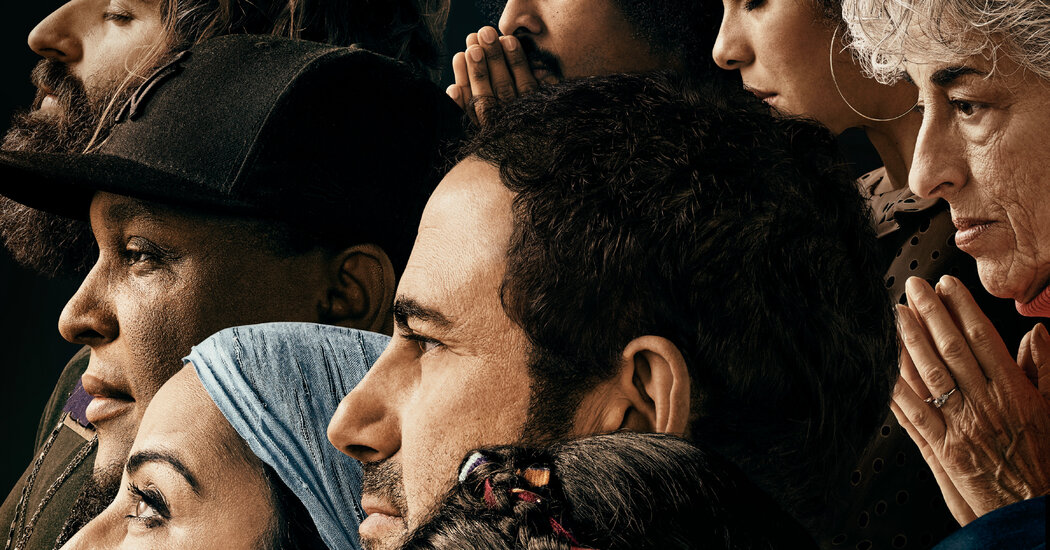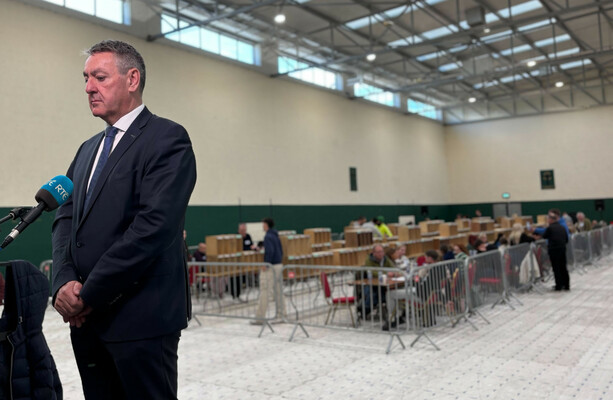Copyright staradvertiser

A foundation dedicated to reviving kyudo — the Japanese martial art of archery — took aim to find a site in Hawaii to build a dojo (training center) and hit its mark. The city announced Tuesday it had partnered with a private foundation to develop a little over half an acre (0.57 acre) in an undeveloped, overgrown area of Mau‘umae Nature Park in Kaimuki near 16th Avenue and Claudine Street. The $850,000 facility will be built and operated at no cost to taxpayers, being funded by Hawaii Kyudo Foundation, board member Bob Dewitz said. “We build it for free,” he said. Once completed, the structures will be “gifted back to the city.” Groundbreaking is scheduled for early 2026 and completion is expected by Summer. “We are blessed to have found such an ideal space to enhance the practice of this ancient and meditative form of archery,” Hiroko Dewitz, Hawaii Kyudo Foundation president, and one of the initiators of the kyudojo effort, said in a news release. “Our goal is to introduce new practitioners to the serene art of kyudo, while welcoming back those who wish to reconnect with it.” Kyudo has a 125-year history in Hawaii but never has had a permanent home. Bob Dewitz estimates there are 75 active practitioners of the discipline in Hawaii, but roughly 400 to 500 people who have taken up kyudo at some point in their lives. He describes it as a mental and physical form of self-discipline rather than a sport. When World War II hit, the dozens of kyudo clubs in Hawaii that perpetuated Japanese culture, were shut down, the bows and arrows and properties were confiscated, their sensei sent to internment camps, Dewitz said. Only one kyudo club survived, but never had a permanent home. He said archers have used a small facility at a Japanese Buddhist temple, and a too-small auditorium at another temple. There are three kyudo teachers in Hawaii, but senior sensei in Japan are interested in doing seminars here. The foundation is accepting donations for the project, however Dewitz said it does not expect any problems with funding The practitioners of the discipline wear tabi — sock-like footwear, requiring smooth floors to practice on, not an outdoor archery range. The foundation will operate and maintain its programs, which will be open to the public, under the supervision of the Honolulu Department of Parks and Recreation. The annual maintenance and upkeep for the facility is estimated at nearly $20,000. The recreation and education facility will include stylized structures for the practice and teaching of kyudo, but will not be restricted to its use alone. Instead it will be open to host other community and cultural events such as hula, lua (Hawaiian martial arts) and community meetings. “One of our greatest strengths in these islands is the diversity of our people, and how we are all able to find space to share our unique cultures,” said Mayor Rick Blangiardi in a written release. “A big mahalo to the Hawai‘i Kyudo Foundation for their extensive work organizing and executing this effort, all while incorporating the immediate community in their efforts. Like a kyudo archer, they draw their bow not necessarily to destroy their target but to master themselves. This is truly an embodiment of living with purpose, harmony, and the quiet power of aloha. We are eagerly looking forward to seeing this community resource become a reality so that everyone can enjoy this unique facility.” The kyudojo is scheduled to be open three days a week for four hours a day, with a rangemaster to oversee safety. The foundation has lined up 25 firms in the construction industry, which are donating services and materials, Dewitz said. Plans include a 19-stall parking lot, a Japanese garden, landscaping using native plants, a target bank (matoba), a 98-foot arrow path (yamichi), an open-air shooting house (shajo), a restroom and classroom. The shajo (structure), from which the archers shoot is part of the larger building, with an attached meeting room. A separate smaller building is the matoba, an open-faced shed with a sand berm that targets are placed in front of. Between the shajo and the matoba is the yamichi, which is an uncovered, grassy area. Three to six archers stand abreast and take aim sequentially in a shooting gallery 48 to 50 feet wide, Dewitz said. Kaimuki Neighborhood Board Chair Brian Kang said community reaction has been “very positive,” and the board hasn’t heard any opposition. The foundation went door-to-door, and came before the board three or four times to explain the project, its progress, discussions with the city, design plans and a week ago shared its agreement with the city. Some residents voiced their concerns about access, but it was made clear the center would also be used for other events, Kang said. The board passed a resolution supporting the project. “I think it’s a good use of that area.… I think it’s appropriate for that site. It’s a good design.…. It will provide a facility that the foundation can use as well as the community can use.” A flat, grassy area on the makai side will remain, while the kyudojo will be on the mauka side within the park. Nick Serota, spokesman for the Department of Parks and Recreation, said the kyudojo will be a city facility. The arrangement is similar to one made with the United Korean Association of Hawaii, which in 2022 transformed an underutilized city building in bad shape at Makiki District Park for public classes and programs. He said the Kaimuki park is a passive park with a few benches and some trees, but the project will create a more recreational area.



